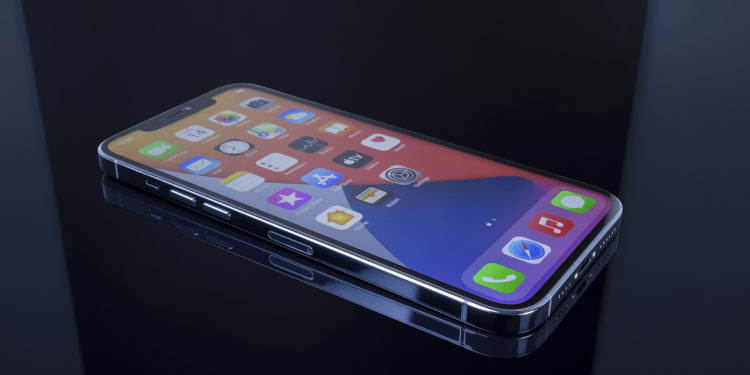Starting with iOS 15.2, Apple is making it easier for your relatives to access your personal data in the event of your death with the new "Estate Contact" feature. Below I'll show you how to set up the feature and what you need to keep in mind.
Managing digital data after a person's death is something that Apple has lacked until now, and with so much data on the internet, it has become a particularly important issue. Social networks like Twitter and Facebook have tools for setting up legacy contacts that can archive an account. Google, for example, maintains an Inactive Account Manager that releases control of an account to a specific person after a certain period of time. But as of iOS 15.2, Apple is following suit.
It is an opt-in function
The person you add as an estate contact to your Apple ID will receive a special code that they can send to Apple along with your death certificate to unlock your device. The estate contact you specify will have access to your messages, photos, notes, and other sensitive data, as well as the ability to remove the activation lock from your devices. This is therefore an opt-in feature that you should reserve for your most trusted contact. Below, we'll walk you through the setup steps and explain how to get access to this data.
How to add a legacy contact
Adding a legacy contact only takes a few steps, but please note: Both people involved must be using iOS 15.2 or later.
- Open the Settings app.
- Tap your profile picture to go to your Apple ID settings.
- Tap Password & Security.
- Tap Estate Contact.
- Tap Add Legacy Contact.
- In the pop-up window describing the feature, tap Add Legacy Contact.
- Authenticate with Face ID, Touch ID or a password.
- Apple will suggest family members if you have Family Sharing enabled. Tap a family member's name or select "Choose someone else" to choose from your contact list.
- Once you've selected a person, tap Next.
- On the screen that describes how Legacy Contact works, tap Next.
- Choose how you want to share your passkey. You can send an iMessage with your passkey to a contact, or print a copy of it.
- Once you send a message or print your estate contact information, the person is officially designated as the one who can request your information.
- Repeat the process if you want to specify another legacy contact. You can specify more than one if you wish.
estate contact access key
For security reasons, Apple reviews all requests from legacy contacts before granting them access to the data. This means that your legacy contact needs access to your date of birth, death certificate and the access key you have specified. The access key is printed out or sent in an iMessage and must be stored in a safe place by the person you have designated as your digital heir. Apple provides a very long, multi-digit key consisting of a mix of letters and numbers and an easy-to-scan QR code. Apple itself informs your contact as follows:
As [person]'s legacy contact, you can access [person]'s account data and remove activation lock on their devices after their death.
Because date of birth is used as an authentication measure, your date of birth must be correctly entered in your device's settings. You can make sure it's correct by opening the Settings app, tapping your profile picture, selecting "Name, phone numbers, email," and adding or updating it by tapping the "Birthday" entry.
After death: How your estate contact can gain access to your account
adrotate group=“1″]
In the event of your death, your contact must have the access key they received when setting up the contact and a copy of your death certificate. Apple will instruct your estate contact to digital-legacy.apple.com to begin the authentication process. The contact must sign in with their Apple ID and provide Apple with the required information. Again, the access key is required to access your data. If no access key is available, your family can only remove the activation lock from your devices - upon presentation of the death certificate. However, your account and data will be deleted in the process. There is also a waiting period for approval through the legacy contact process implemented by Apple. The processing status can, however, be viewed on the Digital Legacy website.
Your estate contact can access this data
As a reminder, your digital legacy will have access to the following data on your devices:
- photos
- News
- notes
- files
- Downloaded apps and their associated data
- contacts
- calendar events
- device backups
Logins and passwords for iCloud Keychain are not provided, nor are licensed media. According to Apple, your estate contact can view your data on iCloud.com or download a copy from privacy.apple.com. The data can also be viewed directly on an Apple device.
How to remove a legacy contact
If you have stored a legacy contact, you can of course make changes at any time. This means you can also remove stored people. Here's how:
- Open the Settings app.
- Tap your profile picture to go to your Apple ID settings.
- Tap Password & Security.
- Tap Estate Contact.
- Tap the name of the person whose access you want to remove.
- Select Remove Contact.
- When the warning appears that the person will no longer have access to your data after your death, select Remove Contact.
Once you have completed this process, the access key that was previously sent to the person will be deactivated and will therefore be useless. (Photo by manae / Bigstockphoto)





